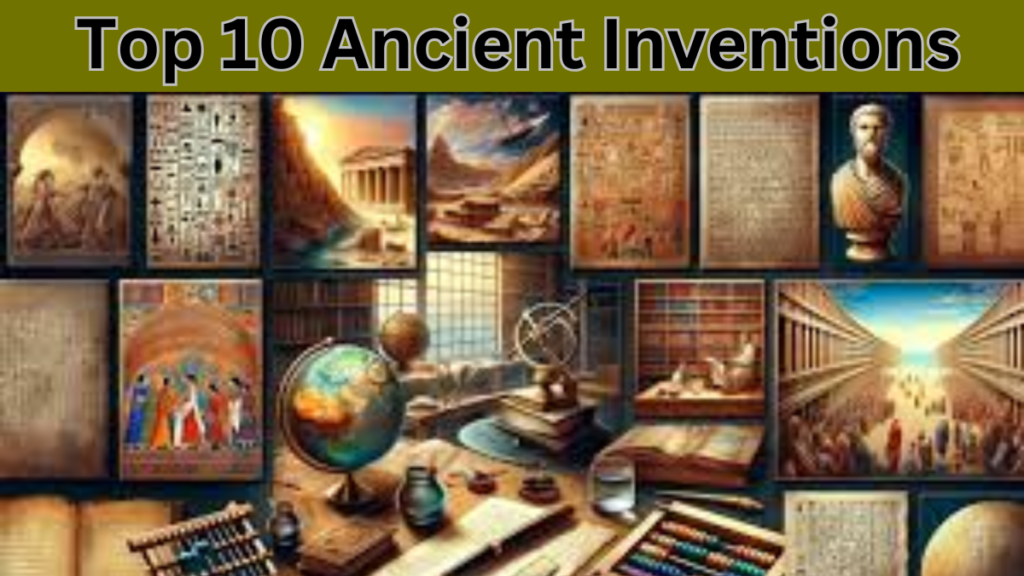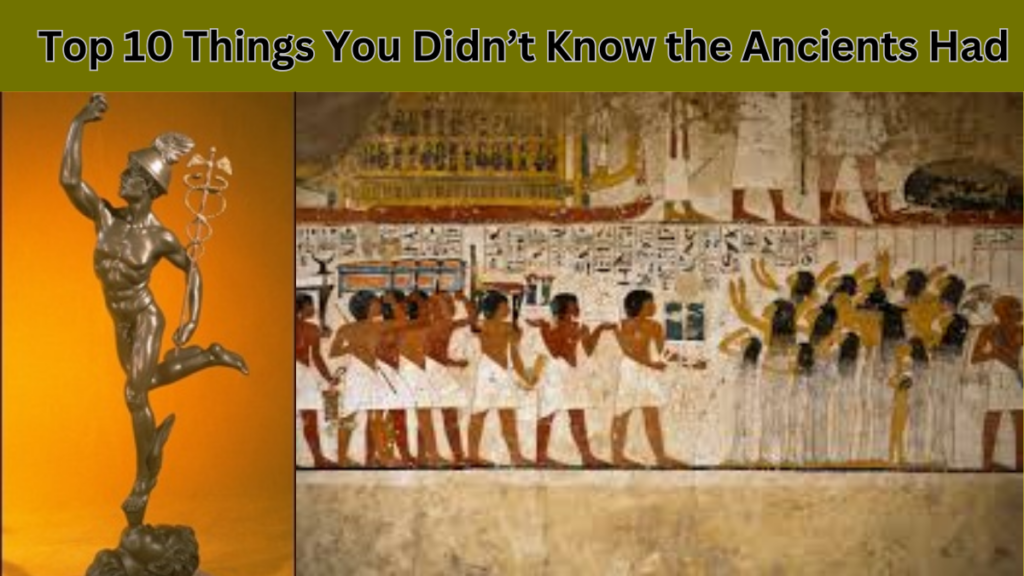Top 10 Inventions of the Middle Ages
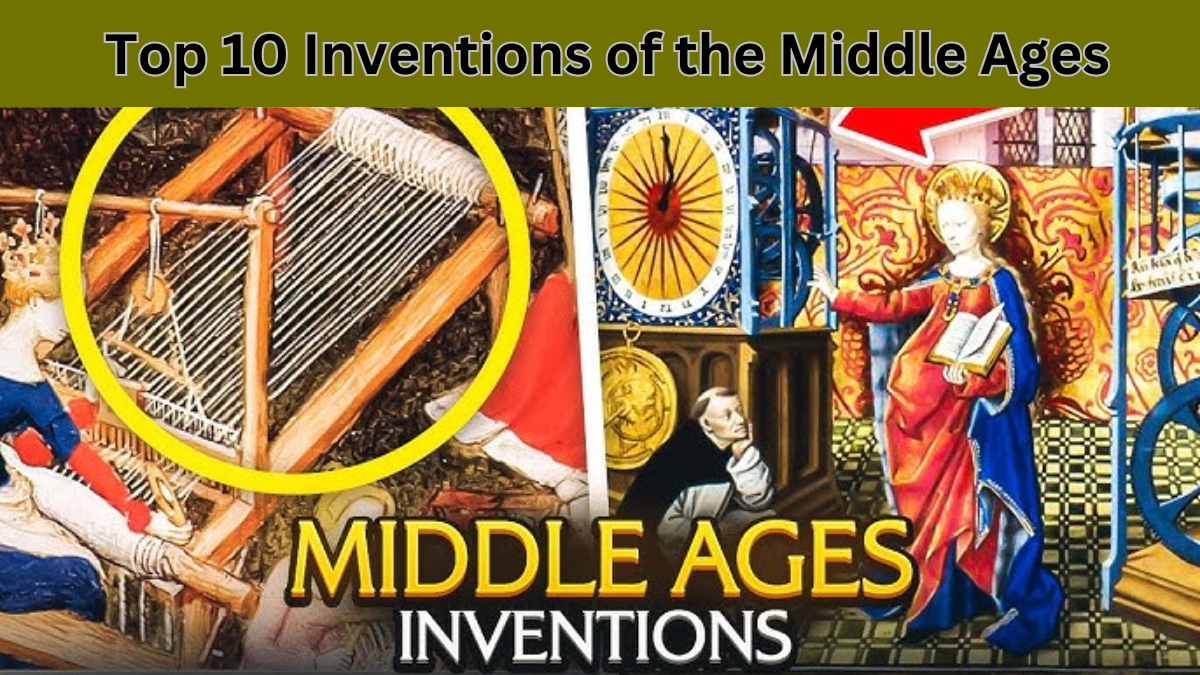
Explore the top 10 inventions of the Middle Ages, from Gutenberg’s printing press and quarantine practices to tidal mills and heavy ploughs. Learn how these innovations shaped medieval life and laid the foundation for modern advancements.
Printing Press of Gutenberg, Fifteenth Century AD
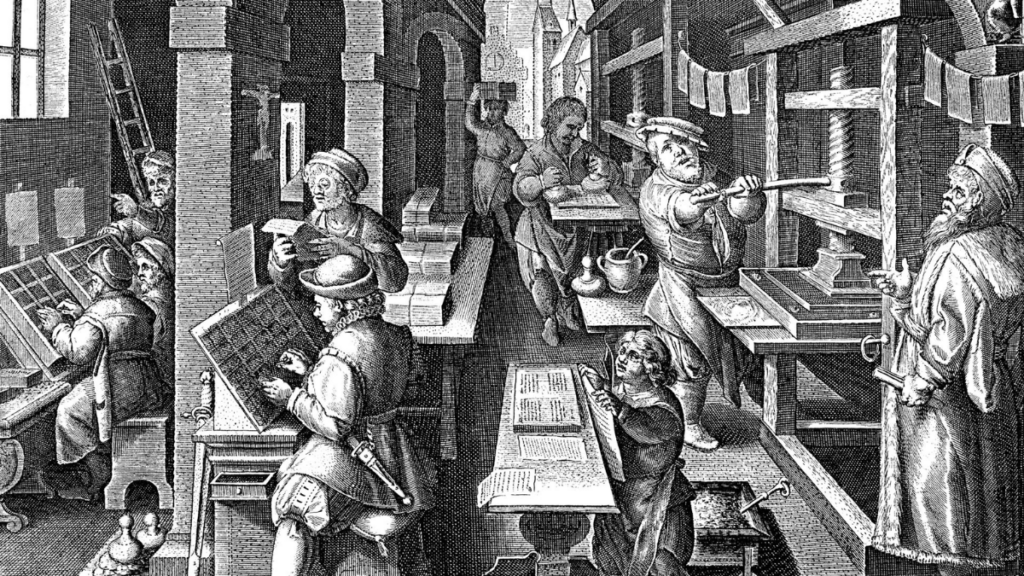
The development of Gutenberg’s press revolutionized mass communication by mechanizing the printing process. Although movable type had been used in China earlier, Gutenberg’s innovation allowed for the true dissemination of printed material, fostering the spread of knowledge and ideas across Europe.
Quarantine, Fourteenth Century AD
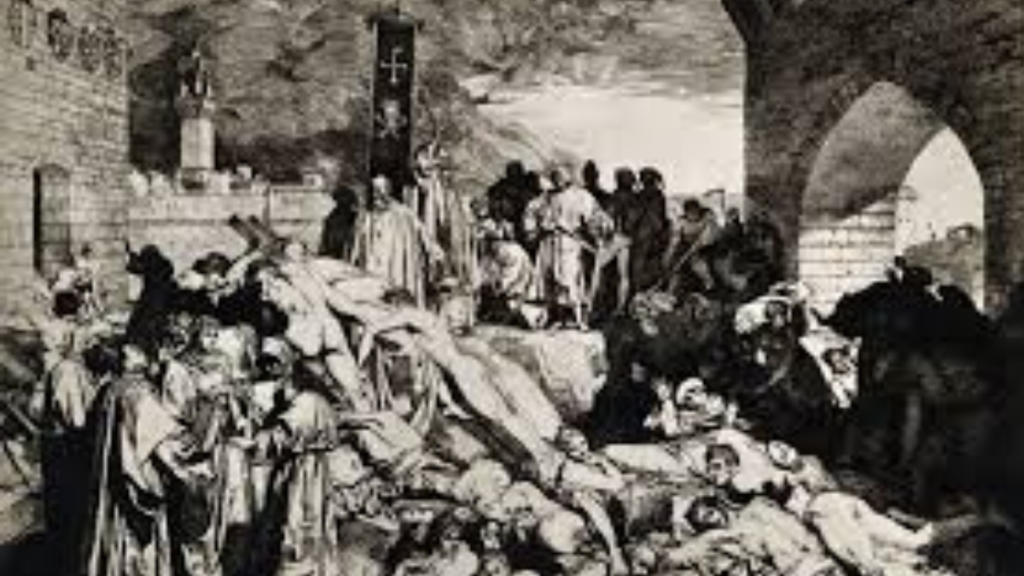
Venice initiated the first quarantine practices to combat the spread of plague. Ships from the East were isolated for forty days (“quarantina”) to observe for symptoms. This practice is credited with laying the foundations of modern disease control and public health measures.
Spinning Wheel, Thirteenth Century AD
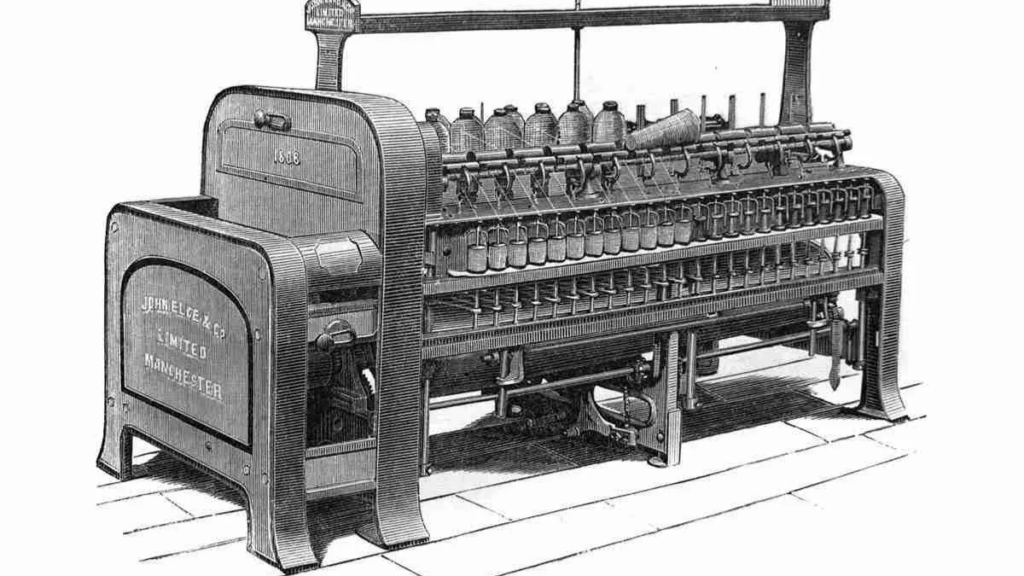
Believed to have originated in India, the spinning wheel replaced the ancient distaff and revolutionized textile production in Europe. It significantly improved the speed and efficiency of thread-making, which was essential for clothing production.
Mechanical Clock, Thirteenth Century AD
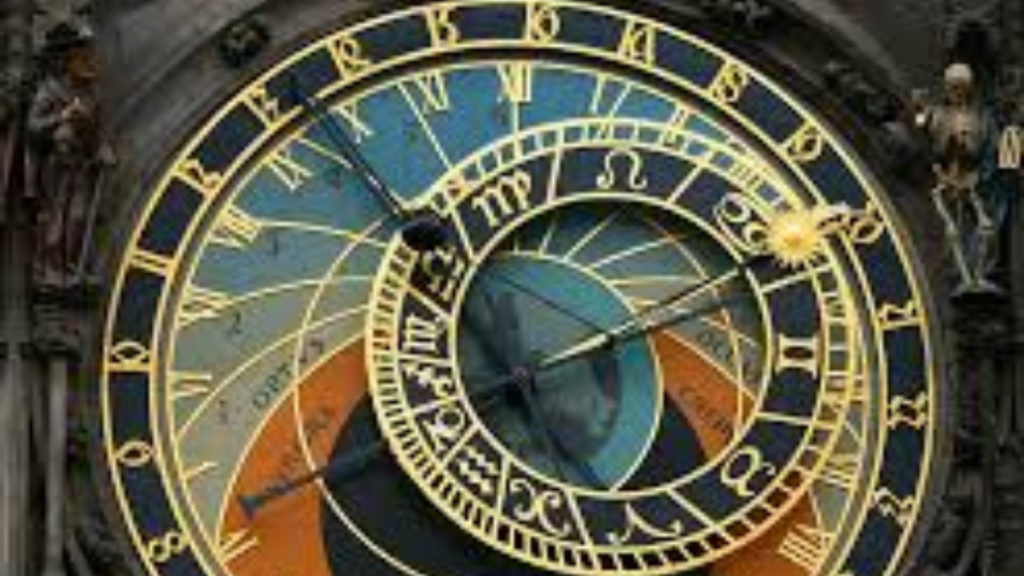
The mechanical clock was an important innovation that allowed timekeeping to become more accurate and accessible. Initially used in monasteries, these “turret clocks” tolled the hour without dials or hands. One of the earliest known examples still exists in Rouen, France, from 1389.
Eyeglasses, Thirteenth Century AD
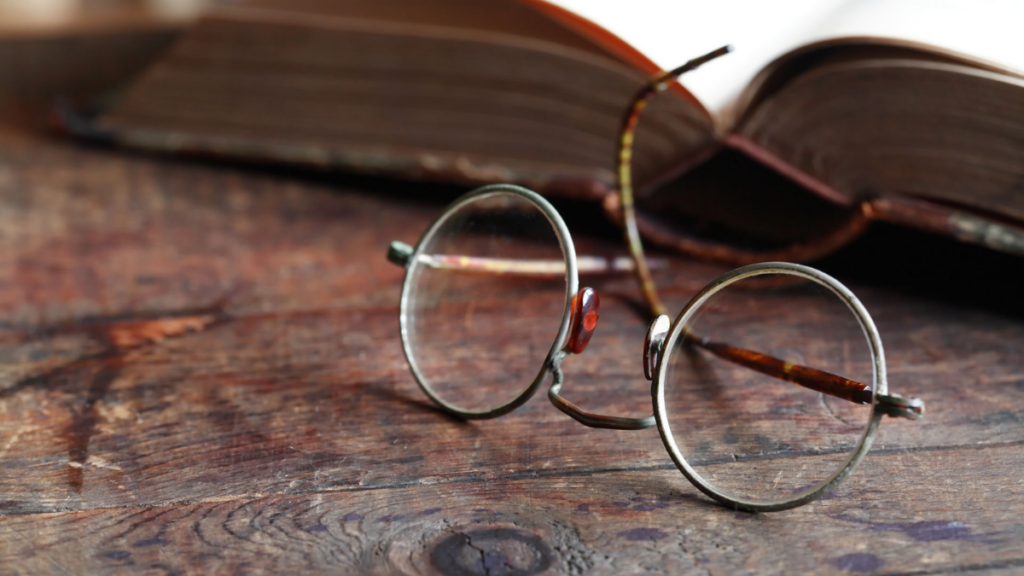
Eyeglasses, which first appeared in the thirteenth century, are mentioned by Roger Bacon and depicted in Italian art. Convex lenses were created for farsightedness, while concave lenses for nearsightedness appeared in 1517 in a portrait of Pope Leo X by Raphael.
Liquor, Twelfth Century AD
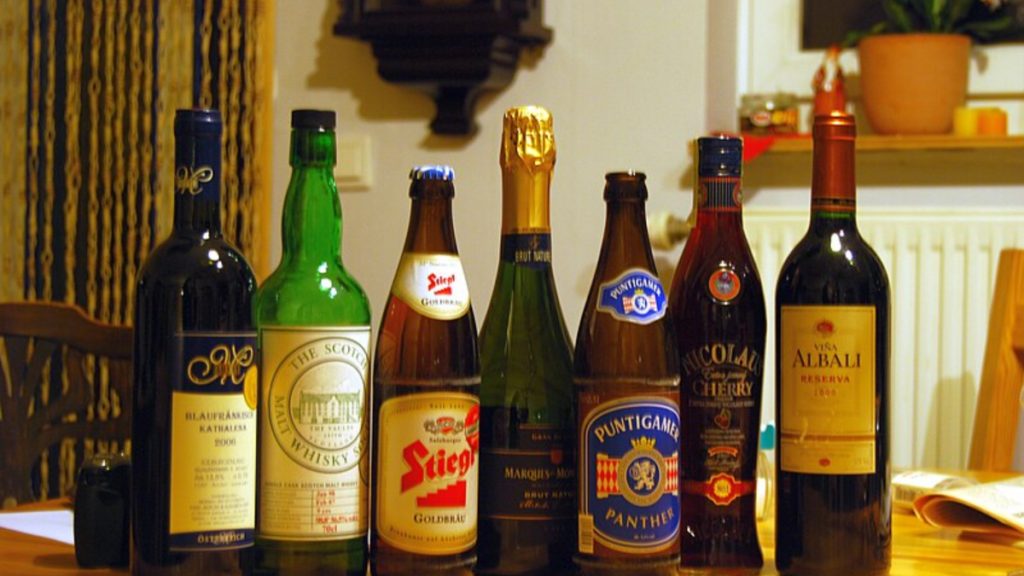
Although distillation originated in Babylon, it was perfected by Muslim alchemists. This led to the creation of modern liquor, which soon became popular in the West, especially as trade increased between different regions.
Blast Furnace, Twelfth Century AD
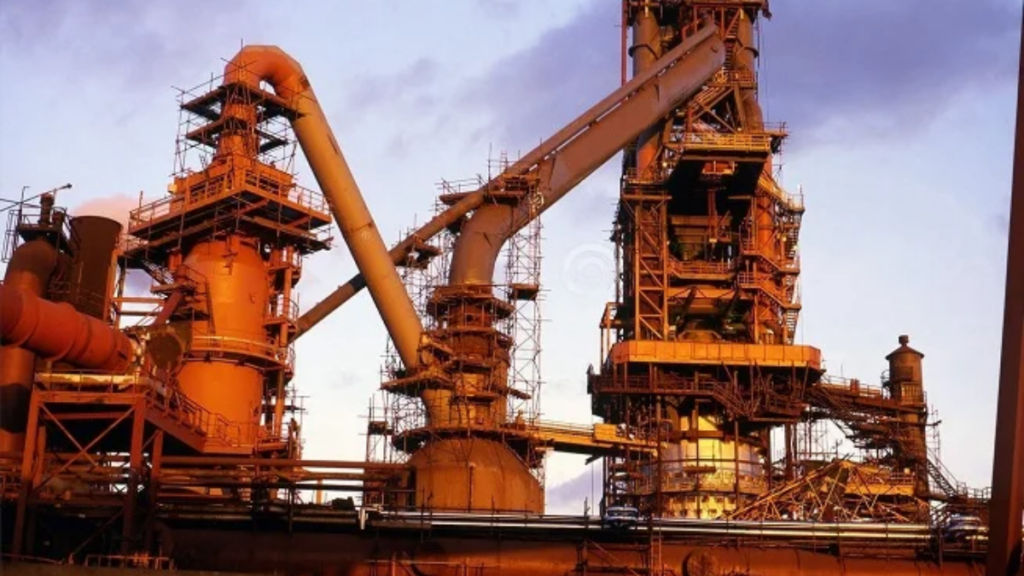
Cistercian monks spread the use of blast furnaces, leading to increased iron production. These monasteries became major producers of iron, powering European advancements in metallurgy and infrastructure.
Hourglass, Ninth Century AD
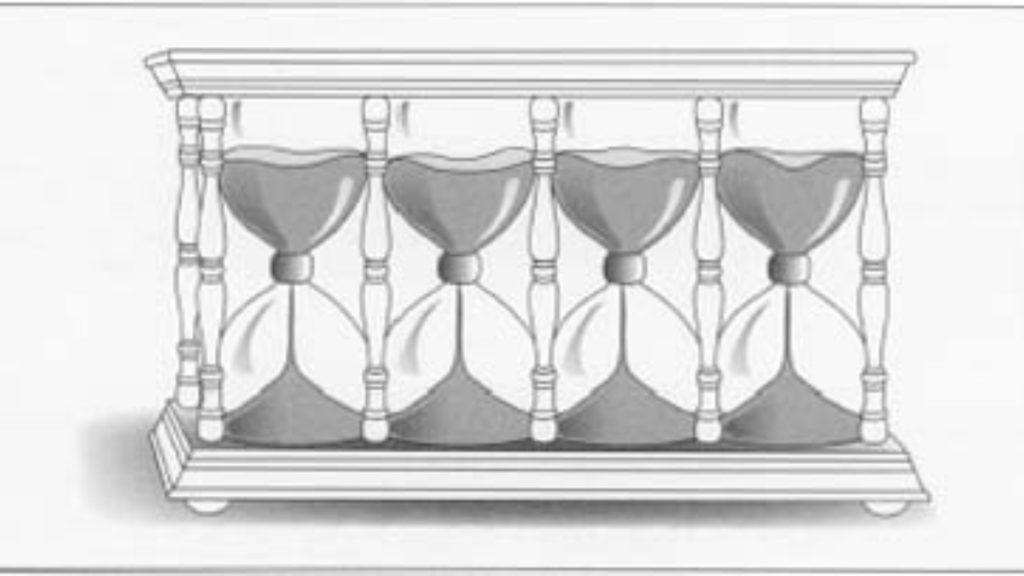
The hourglass was one of the first portable time-measuring devices. It played a vital role at sea, where precision in timekeeping was essential for navigation. Magellan’s fleet used multiple hourglasses to aid in their voyages.
Tidal Mills, Seventh Century AD
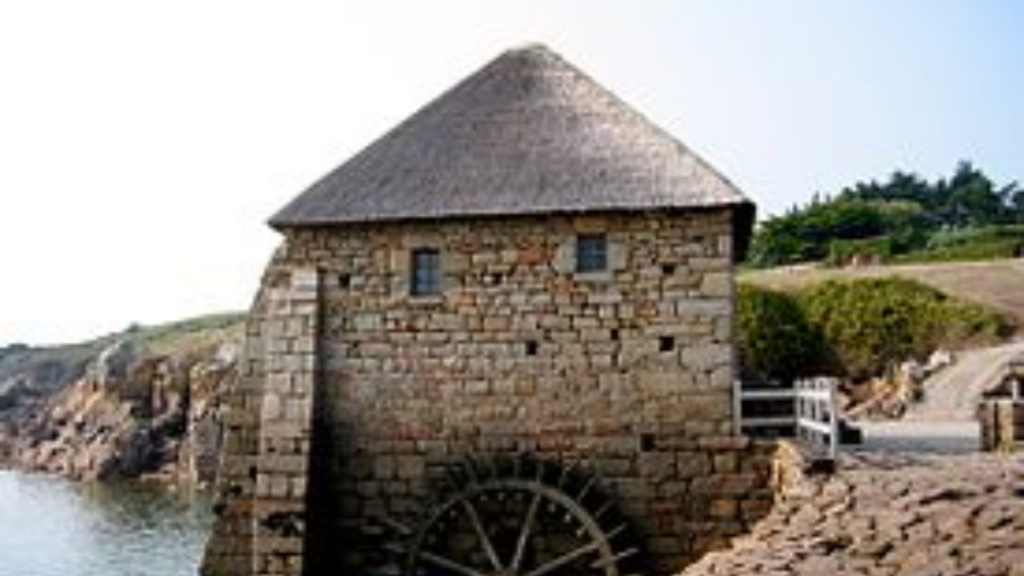
Tidal mills utilized the rise and fall of tides to generate power, surpassing traditional water mills. They were an efficient means of grinding grain and were used as early as AD 787 in Northern Ireland.
Heavy Plough, Fifth Century AD
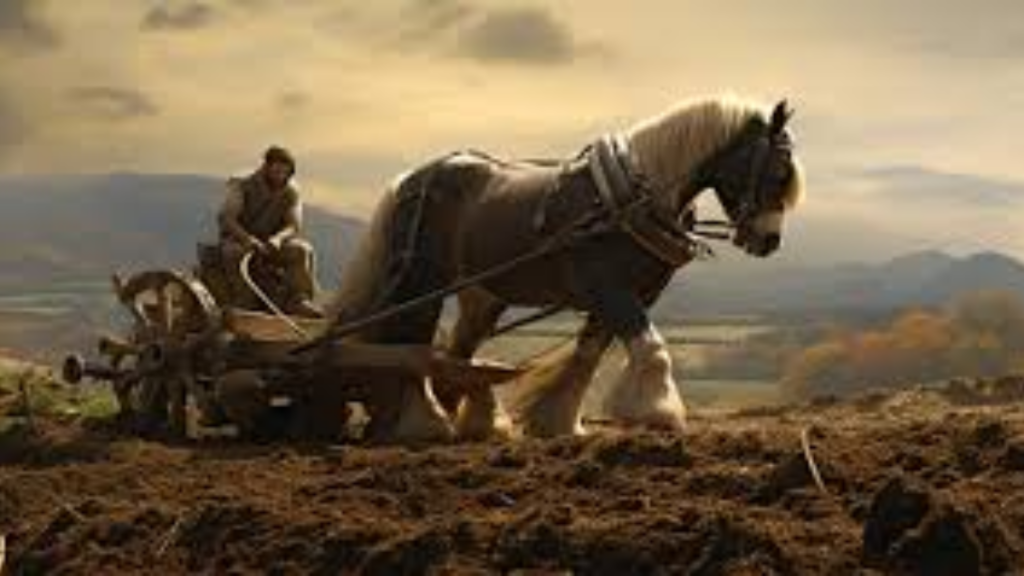
The heavy plough, with metal blades and wheels, was essential for cultivating Europe’s heavy soils. It improved agricultural productivity and allowed populations to grow, contributing to the economic and social development of medieval Europe.
